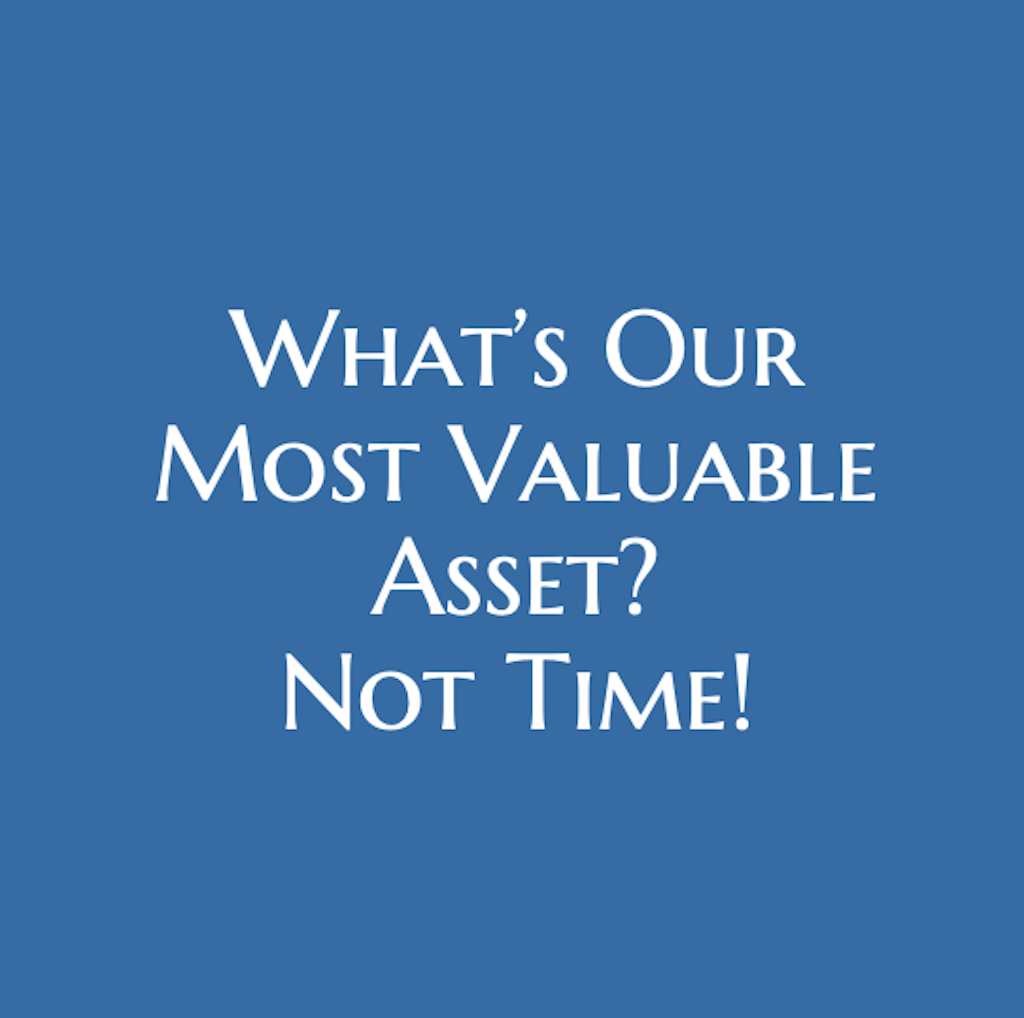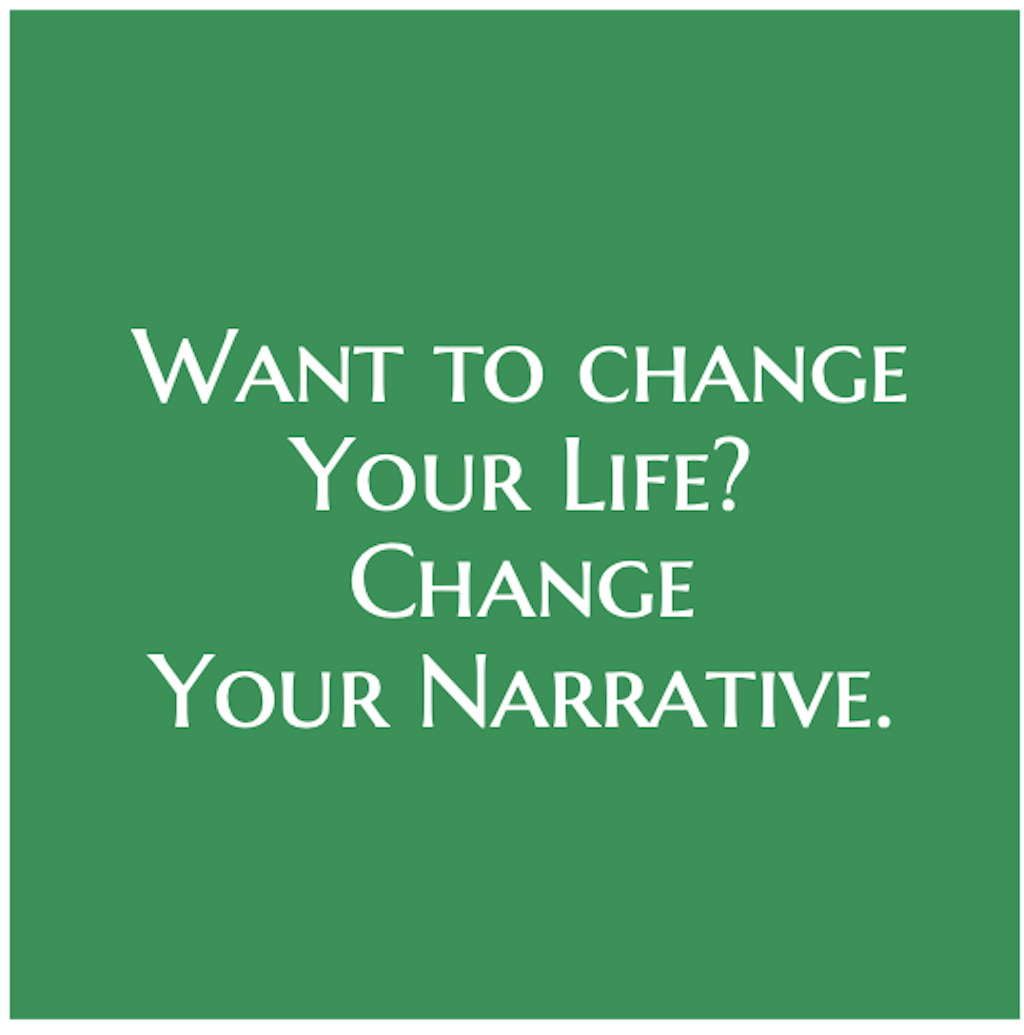How an Ancient Philosophy Can Transform Your Well-Being
Ever feel like life is a constant tug-of-war? Work vs. home. Stability vs. creativity. Logic vs. emotion. What if there was a way to resolve this ongoing struggle and find more harmony in daily life—instead of having to choose one over the other?
How I Did It: Striving for Balance With a Taoist Mindset
I’ve been on a journey to find balance—not the static kind that’s often sold to us as the ideal—but a dynamic balance that honors life’s complexities. It’s something that’s been quietly shaping how I move through the world, and it’s rooted in Taoism—an ancient philosophy with surprisingly relevant insights for modern life and well-being.
I first encountered Taoism back in college when I took a class on East Asian Traditions. This philosophy has been central to East Asian cultures—especially in China, Korea, Japan, and Vietnam—for millennia. As I studied the texts, something clicked. The ideas weren’t just abstract concepts—they felt familiar. I realized that my family had already embraced many of its principles without explicitly labeling them: a calm respect for nature, a stoic outlook, and a fluid way of approaching life.
Taoism gave language to what I had lived with but never fully understood. Since then, it has become a framework I return to time and time again—one that appeals to both my left-brain and right-brain temperaments.
And today, I want to share one of its core concepts: the Yin and Yang principle, which has had a profound impact on my personal and professional approach to well-being.
II. Yin Yang Perspective Can Reduce Daily Stress
In the West, we often think of gravity as the force that balances everything. But in Taoism, the Tao (literally “the way”) is an underlying force that exists throughout the universe. It’s fluid, responsive, and always shifting, like the air we breathe—we can’t always see it, but we know it’s there.
And at the heart of this philosophy is the Yin-Yang principle, symbolized by the iconic swirling circle: one side black (Yin), one side white (Yang), each containing a dot of the opposite color, signifying that the presence of the other is always within each.
Yin represents darkness, rest, softness, and the moon.
Yang represents light, action, strength, and the sun.
While we often view opposites as contradictions, Taoism sees them as complementary and interconnected—constantly transforming into one another. Day becomes night. Stillness becomes action. Joy follows sorrow and vice versa. One cannot exist without the other.
This perspective has been a game-changer for me. Instead of forcing myself to choose between opposing forces, I’ve learned to integrate both, reducing the internal stress that comes from constant conflict. This shift has radically changed how I live, work, and relate to others—creating more balance and peace in my daily life.
III. Three Yin Yang Strategies to Recalibrate Your Daily Life
A. Embrace the Duality of Life: It’s Not Either/Or
Every situation holds both Yin and Yang elements—stability and uncertainty, logic and emotion, effort and ease. Rather than seeing them as opposing forces, I’ve learned to move away from an “either/or” mindset. It’s not about picking one over the other, but about embracing both.
For example, let’s say you’re in a role that allows you to express creativity, but you find yourself craving more structure and stability. You don’t have to throw it all away to find security. Instead, ask: Where can I introduce more structure into my work? Maybe you can take on a project that requires more organization, develop clearer processes, or seek out opportunities for more consistent routines.
Takeaway: You don’t have to choose between being passionate and being practical. There’s often a middle path that honors both.
B. Cultivate Patience and Adaptability in a Fast-Paced World
In today’s fast-paced world, we often feel pressured to make quick decisions, fix problems fast, and get everything “right” the first time. Taoism teaches us a different approach, one that emphasizes timing, restraint, and the wisdom of waiting.
Not taking immediate action isn’t being passive;
it’s a conscious decision to let things unfold naturally.
For example, let’s say you’re bidding on an exciting project. You’ve already submitted a strong proposal, but now you’re second-guessing yourself. Should you follow up with additional proposals? Offer more value? Or even cut your price to compete with other vendors? The temptation is to act quickly, to prove your worth, and try to get ahead of the competition.
But sometimes, the better choice is to wait. Allow the potential client the space to respond to your proposal rather than pushing harder for their attention. By giving the process room to breathe, you allow the decision to unfold naturally, often resulting in a more authentic connection. Yin-Yang teaches us that stillness can be as powerful as action—and sometimes waiting is the best strategy for attracting the right outcome.
Takeaway: Not every situation requires an immediate next step. Sometimes, what’s needed is space to breathe.
C. Redefine Balance as Moving Equilibrium
Western culture often imagines balance as a static state. Taoism, on the other hand, sees balance as a fluid, ever-moving process, like a juggler adjusting constantly to keep everything in motion.
For example, when it comes to work-family-personal balance, it’s not about finding some elusive three-way split every week. Some weeks, you’ll dive deep into work because a major project or deadline demands it. Other times, you’ll need to press pause and devote more time to family or recharge your energy with some self-care. The trick isn’t to chase perfection or beat yourself up when things aren’t perfectly balanced. Instead, it’s about tuning in to what’s needed at the moment and adjusting as you go.
Takeaway: Life isn’t static—your balance shouldn’t be either. It’s about making small adjustments as you go.
IV. The Big Picture: A Fluid Approach to Navigate Life’s Complexities
How does it all tie together? These three strategies—embracing duality, cultivating patience, and redefining balance—are more than just philosophical concepts. They’re practical approaches that help us let go of rigid expectations and make room for more grace, nuance, and peace.
It takes time to change our mindsets, adopt new narratives, and put strategies into practice. Be kind to yourself and see progress as incremental.
Life often feels like a constant journey of endless “Either/Or.” Taoism, with its Yin-Yang principle, invites us to step off that exhausting path and embrace a more balanced middle path. Rather than forcing ourselves to choose sides, we can find a more adaptable path that reduces daily stress and enhances our well-being.
As the Taoists say, “Go with the flow.”
••••••
© March 5, 2025 – My-Tien Vo







